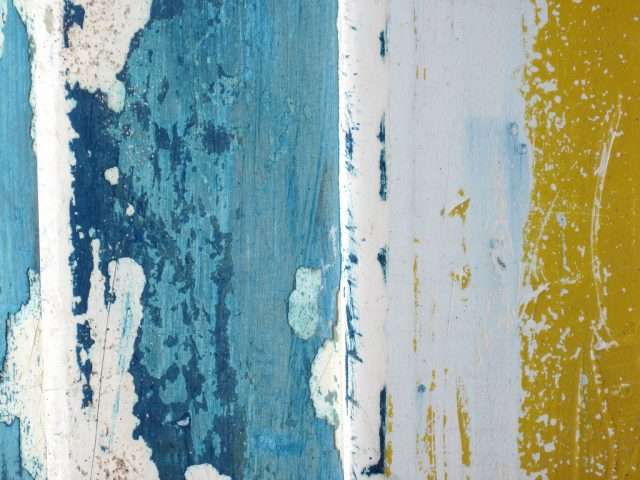Table of Contents
Getting your house painted feels like a wasted effort? Painting failures can be quite frustrating, regardless of experience level. You should keep several factors in mind from surface prep to application methods and more. Understanding the underlying causes of these issues will save you time, money, and effort in the long run.
Let’s delve deeper into the most common causes of paint failure and how to prevent them.
Poor Surface preparation
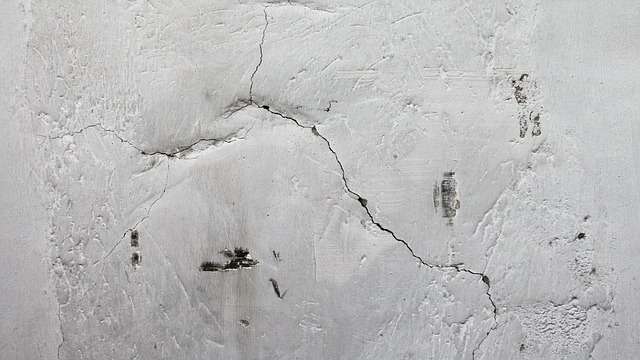
A very common reason behind paint failure is poor surface preparation. This is an important step in ensuring that paint sticks properly and lasts longer. Dirt, grease, old paint, and moisture can all prevent paint from bonding to the surface. But how to avoid this? Start by cleaning the surface thoroughly, sanding any rough areas, and applying a suitable primer before painting. Following these steps properly will prevent painting failure.
Chalking

The core reason behind chalking is that a powdery residue forms on the paint’s surface, usually caused by weathering or the use of low-quality paint. If you remove this residue, the surface might look uneven and dull. Make sure the surface is properly primed and prepared before applying paint, and use high-quality, weather-resistant paints to avoid chalking.
Flaking
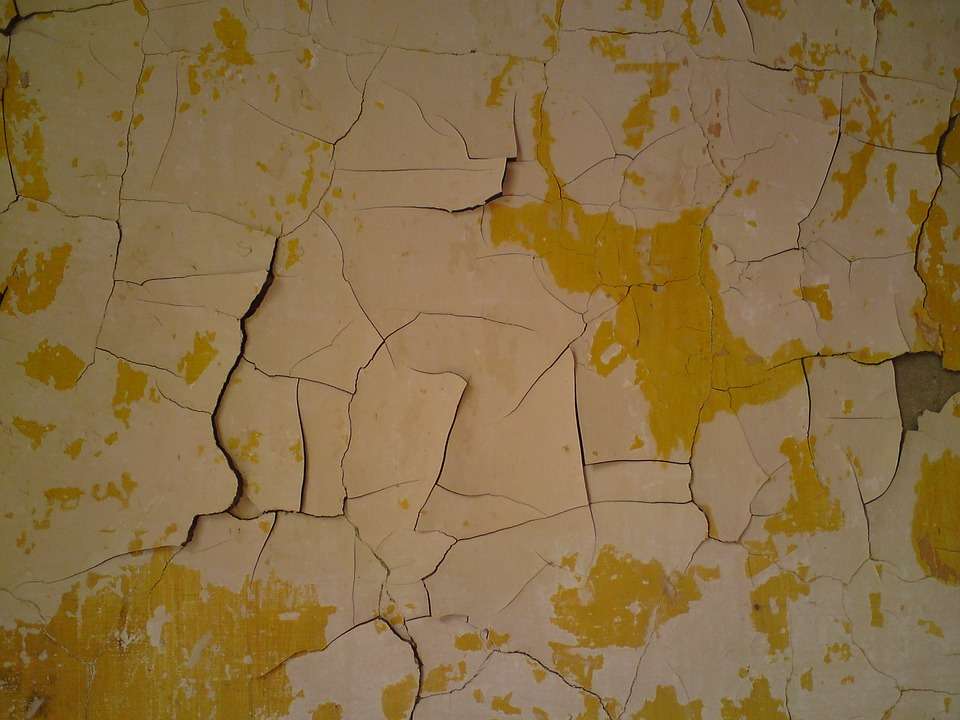
Flaking, also known as scaling, happens whenever paint peels away from the underlying surface in thin layers. There are multiple factors behind flaking whether there is painting done over a damp or unclean surface, or if you mix colours that aren’t meant for each other, or apply paint too heavily. All these result in poor adhesion, hence flaking. Make sure the surface is clean, dry, and well prepared to prevent flaking and apply paint as per the manufacturer’s instructions.
Alkali

Alkali formation happens when there is a chemical reaction between the paint and fresh concrete, plaster, and mortar. This reaction causes discolouration and deterioration. This can be quite problematic when painting newly constructed buildings. Use alkali-resistant primers and paints and give newly repaired surfaces enough time to dry before painting to avoid this kind of paint failure.
Moisture
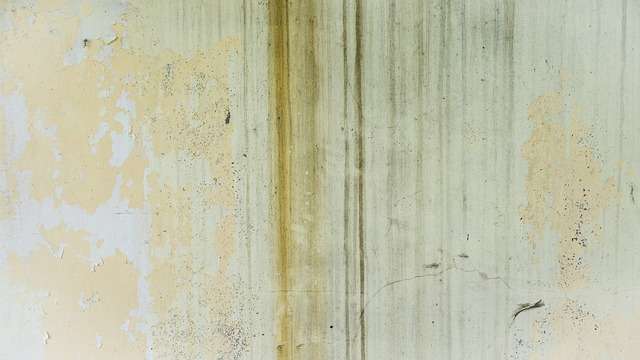
Another major factor behind painting failure is moisture formation. If you have water seepage issues, then it can cause paint to bubble, peel, or blister. This is very common in basements, kitchens, and bathrooms. To solve this issue, repair any leaks, provide enough airflow, and use moisture-resistant paints made for high-humidity places.
Cracking
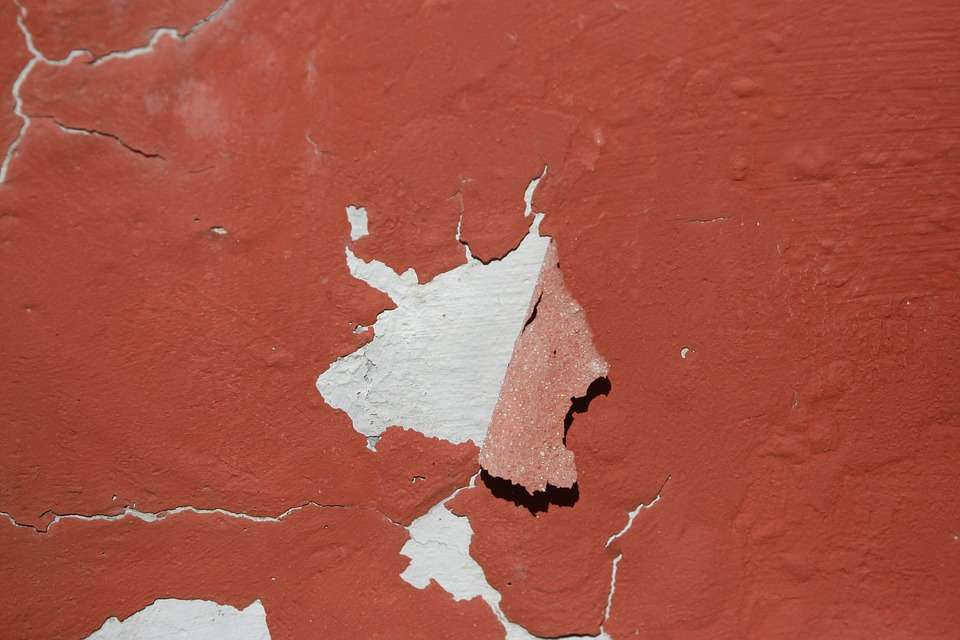
Cracking happens when the paint film breaks down, usually caused by ageing, exposure to high temperatures, or applying too many layers of paint. The paint becomes less elastic with time and starts to break. How to prevent this? Use high-quality paint, apply thin and even coats, and keep out of extreme heat or cold when painting.
Dirt Pickup

When dirt, dust, and other particles build up on a painted surface, we can call it Dirt pickup. This usually ends up making the paint look dirty and unpleasant. The best way to avoid this is to select paints with anti-dirt qualities and give painted surfaces regular cleanings. Also keep in mind that proper surface preparation, as well as the use of a high-quality finish, can help to reduce this issue.
Fading

Fading happens when a paint colour loses its radiance due to sunlight and weathering. This can be a big issue for exterior coatings that are exposed to UV rays. Consider lighter colours on your exterior walls, which often maintain up better against sunlight, and use UV-resistant paints to prevent fading. You can also maintain your paint with touch-ups and other maintenance to make it look new.
Peeling
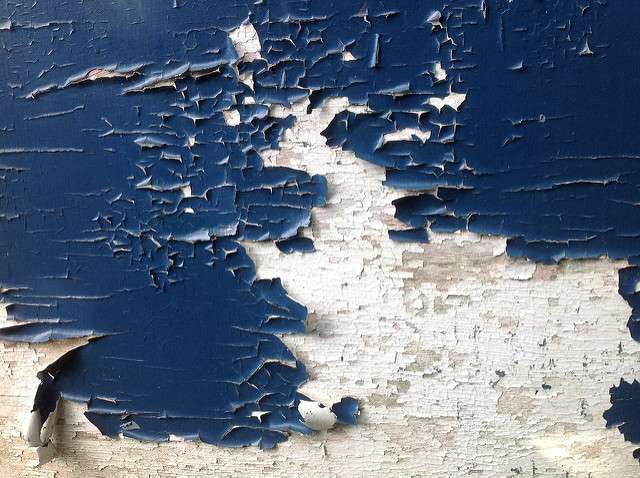
Is your paint coming off in huge sheets or flakes? This is known as peeling. This happens due to moisture, poor adhesion, or painting over a glossy surface without proper sanding. To prevent this, make sure the surface is clean, dry, and matte before painting, and use a primer that is suitable for the material you are painting with.
Conclusion
Once you know what the most common causes of paint failure are, you can steer clear of these problems and get a nice, long-lasting finish. Painting failure can be avoided in large part by properly priming the surface, selecting high-quality paints, and applying the paint according to instructions. These preventative measures will help you ensure your paint job lasts a long time and protect your surfaces while looking great.
